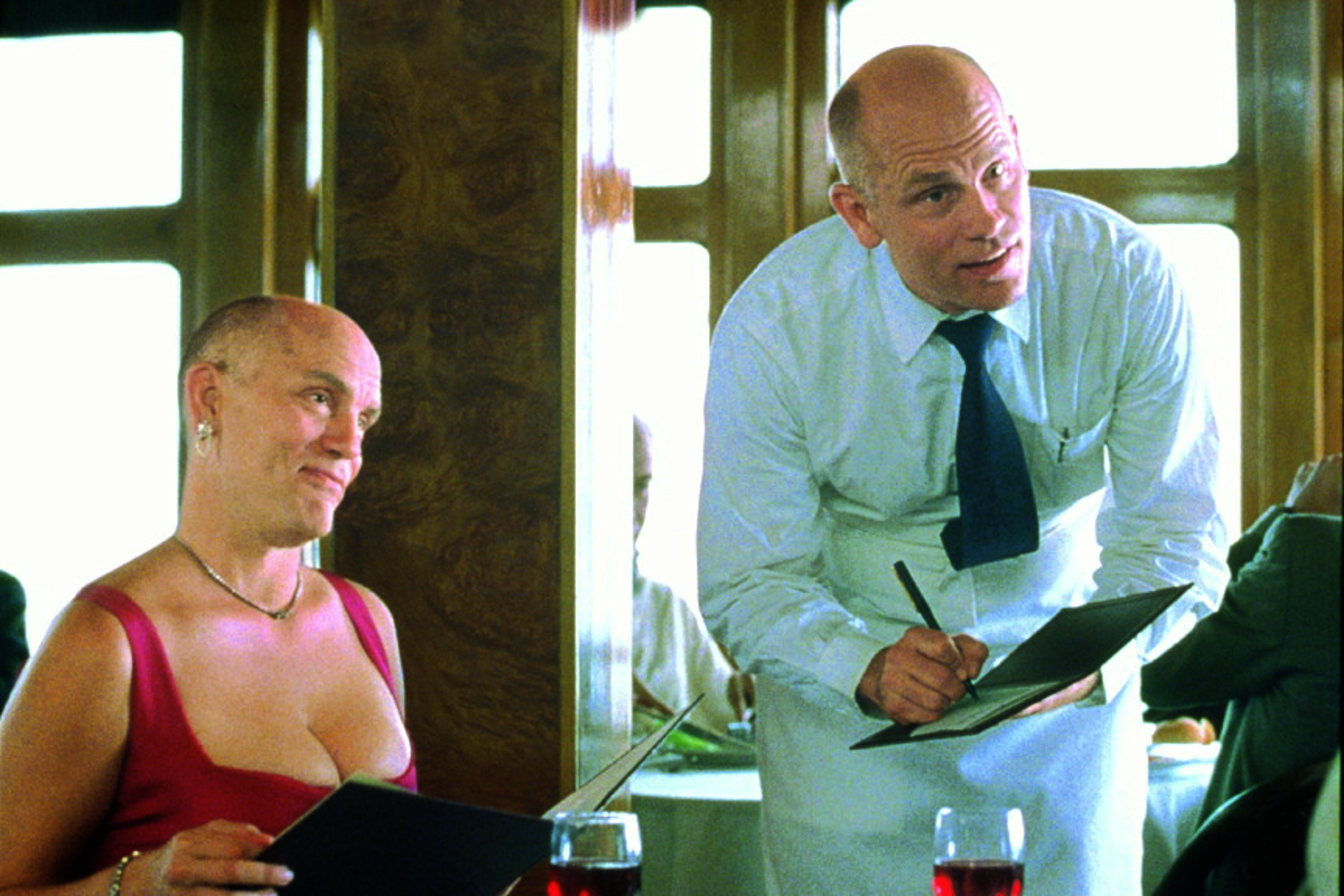
Face replacement has been a staple of feature film effects for years. It has a myriad of uses: stunt and stand-in “twin” replacements, historical footage insertion, and clone shots. Forrest Gump was one of the first films to insert fictional characters (Gump) into real, historical footage. Then Being John Malkovich kicked things into overdrive, stamping JM’s face onto literally busloads of extras.
There are several approaches to face replacement, from basic tracks to complete 3D geometry replacements. We’ve aimed for the middle ground in this Impossible Shot session by performing a planar track of the source and target faces. This allows for a synchronization of subtle facial movements.
Let’s get one thing straight: don’t try this kind of replacement without Boris FX’s Mocha Pro. There are many software applications out there that claim to be planar trackers, but at least here in 2019 they fall short of the results achievable with Mocha. One of the most powerful features of Mocha is its ability to incorporate and average the squash and stretch of a surface. It means that subtleties in facial movements can be matched in a way that looks plausible in the final composite. Other planar tracking systems can only handle rigid surfaces well, and fail or break up when dealing with elastic ones.
Replacing a simple smile is one thing, replacing multiple lines of dialog another. If you plan to replace dialog you need to perform a hinged matchmove. The underlying skeleton of the human head has two structures: the main skull, and the jaw. As such, dialog can be loosely broken down into head movement and jaw movement. By performing two tracks—one from the upper lip to the forehead and the other for the chin and lower mouth—you can then hinge the track around the mouth and use it to distort the original source plate to match the dialog. This is a more advanced technique that we may cover in a future Impossible Shot.
As with all the content on moviola.com, the training is free in its entirety.
